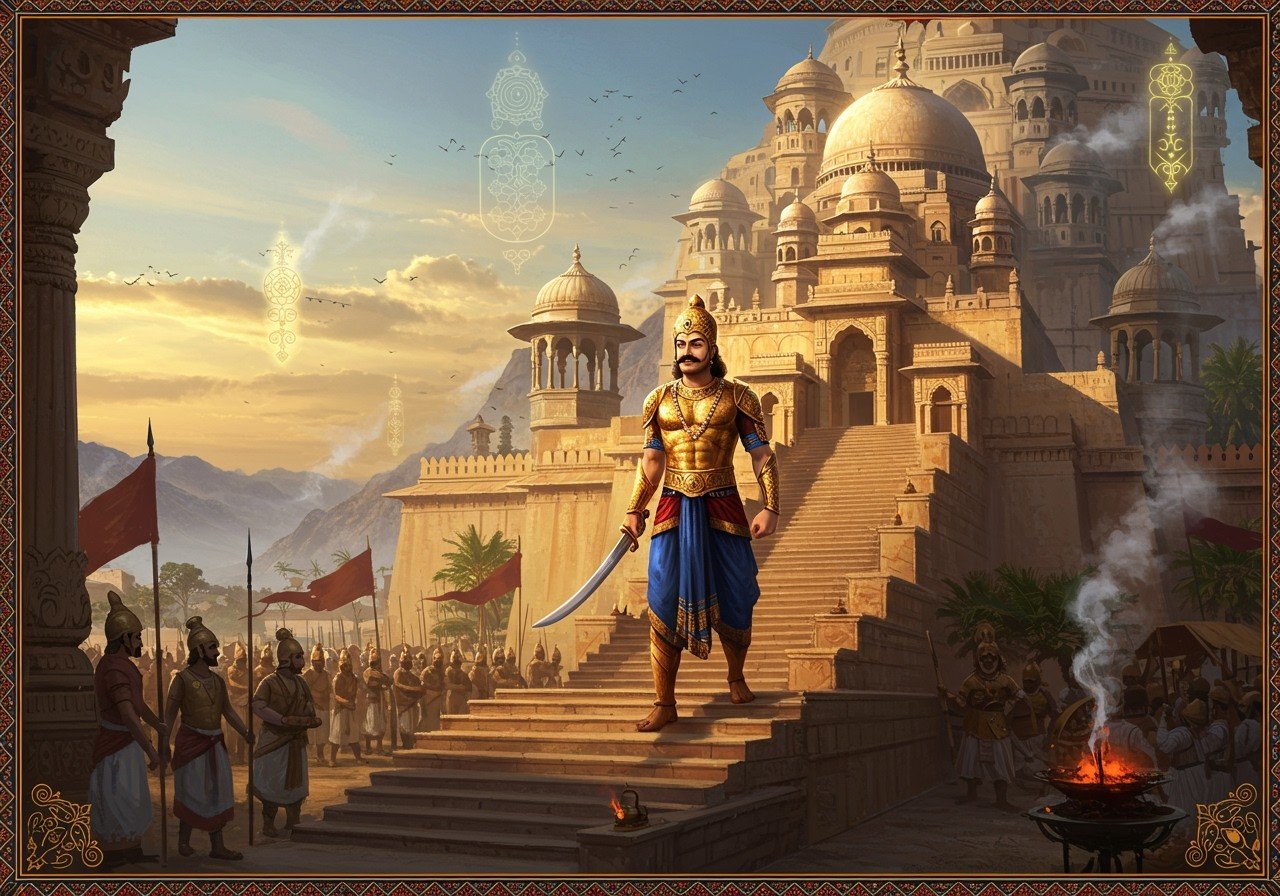Chandragupta’s Mauryan Empire: A Dynasty Explored

Chandragupta Maurya’s reign (around 320 BCE to 185 BCE) marks a pivotal era in Indian history. This period witnessed the rise of the Mauryan Empire, a significant power that unified much of the Indian subcontinent. This article delves into the empire’s origins, expansion, administration, and cultural contributions.
Chandragupta Maurya: The Architect of an Empire
Born into obscurity, Chandragupta, guided by his mentor Chanakya (also known as Kautilya), rose to prominence. Chanakya’s treatise, the Arthashastra, provided the strategic framework for Chandragupta’s ascent. He overthrew the Nanda dynasty and unified northern India, eventually forging an alliance with Seleucus I Nicator.
Chandragupta established a centralized administration with Pataliputra as its capital. Later, he embraced Jainism and abdicated the throne, retiring in Karnataka.
Expansion and Consolidation: Forging a Powerful Realm
The Mauryan Empire, under Chandragupta, extended from the Hindu Kush to the Bay of Bengal. Military campaigns played a vital role in consolidating power, subduing regions across northwestern and central India. The Mauryan army, known for its diversity and logistical strength, was instrumental in these conquests.
Economic policies and trade flourished. Standardized weights and measures, along with a uniform currency, were introduced. Legal and penal codes ensured order throughout the empire.
Administrative Innovations: The Structure of Power
Chandragupta’s administration was hierarchical. Provincial governors (Mahamatyas) and district officials (Pradesikas) managed local affairs. An intelligence network ensured internal security.
Taxes, including land revenue and trade tariffs, funded the empire. Infrastructure development, such as roads and irrigation, supported economic growth. A judicial system, with judges and courts, administered justice. Welfare services, including healthcare and education, were provided.
Cultural and Social Fabric: A Flourishing Society
Art, literature, and architecture thrived during Chandragupta’s reign. Buddhism and Jainism gained prominence, shaping society and culture. Architectural marvels like stupas and monasteries were constructed.
The social structure encompassed various classes and occupations, with women holding significant roles. Advancements in science, medicine, and technology were documented in texts like the Arthashastra, which also provides valuable insights into political thought.
FAQs on Chandragupta’s Mauryan Empire
What dynasty did Chandragupta Maurya belong to? He founded the Maurya Dynasty around 320 BCE.
Who founded the Maurya Dynasty? Chandragupta Maurya, after overthrowing the Nanda Dynasty.
What was the Mauryan Empire’s capital? Pataliputra (modern-day Patna, Bihar, India).
What was the extent of the Mauryan Empire? It encompassed most of the Indian subcontinent, parts of modern-day Iran, and Afghanistan.
Who succeeded Chandragupta? His son, Bindusara, followed by his grandson, Ashoka the Great.
What are the key achievements of Chandragupta’s rule? Unifying the Indian subcontinent, establishing centralized administration, developing a robust economy, and building a powerful military.
Where can I find maps of the Mauryan Empire? History books, educational websites, and museums often feature maps depicting the empire’s extent.
What was Chanakya’s role in Chandragupta’s rise? Chanakya (Kautilya/Vishnugupta) served as Chandragupta’s advisor and mentor, guiding him in overthrowing the Nanda Dynasty and establishing the Mauryan Empire. He also authored the Arthashastra.
Connecting with History through Poojn.in
Poojn.in, India’s leading online store for cultural and religious goods, offers a wide selection of items to connect with India’s rich heritage, including the Mauryan period.
- Copper and Brass Vessels: Discover traditional puja vessels crafted from pure copper and brass, reminiscent of those used in ancient ceremonies during the Mauryan era. Experience the authenticity and sanctity of ancient rituals with these beautifully crafted pieces.
- Incense and Dhoop: Enhance your spiritual practices with authentic incense and dhoop. Made from traditional ingredients following ancient methods, these aromatic offerings create a sacred atmosphere reminiscent of historical rituals.
- Handcrafted Puja Thalis: Explore our collection of handcrafted puja thalis, reflecting the artistic brilliance of ancient Indian metalwork. These intricately designed thalis add a touch of tradition and elegance to your puja ceremonies.
- Cotton Wicks and Desi Ghee Diyas: Maintain the purity of traditional rituals with our pure cotton wicks and desi ghee diyas. Illuminate your sacred space with the warm glow of these traditional lighting elements, evoking the spirit of ancient practices.
Visit Poojn.in to explore our complete collection and experience the richness of Indian tradition. We offer pan-India delivery with secure packaging.
Conclusion
Chandragupta Maurya’s empire stands as a testament to India’s rich history. His leadership, combined with Chanakya’s wisdom, established a strong foundation for a unified and prosperous nation. The Mauryan era’s advancements continue to inspire and inform our understanding of India’s ancient past.
Explore related articles: Saptashrungi Devi: Legend, Myths, Stories, and Beliefs and Ancient Shiva Temples of Maharashtra: A Journey Through Time.


